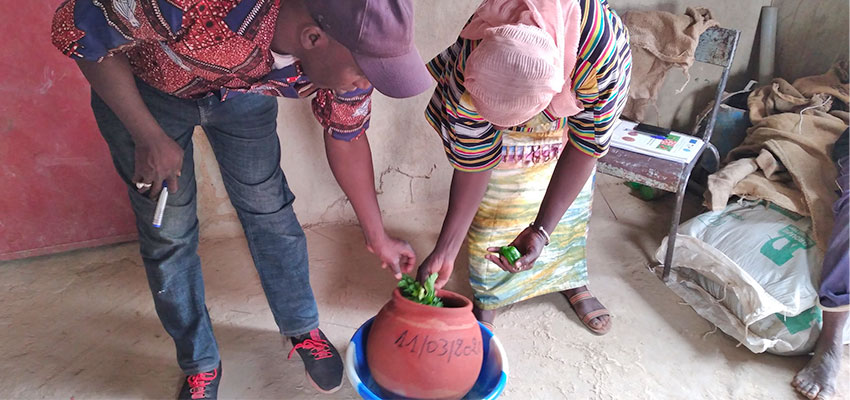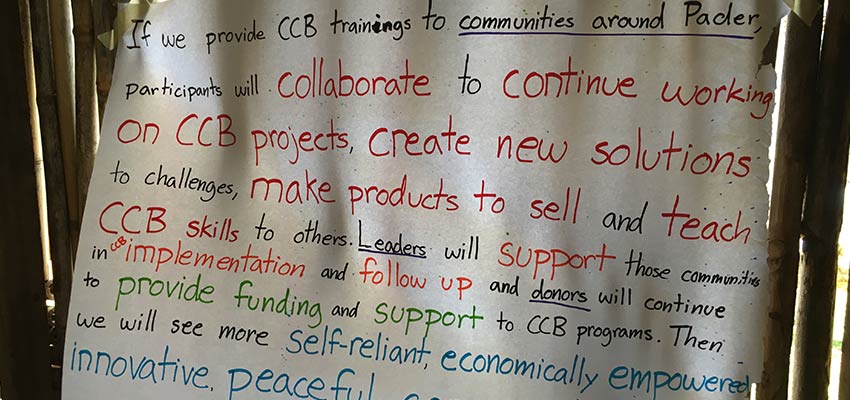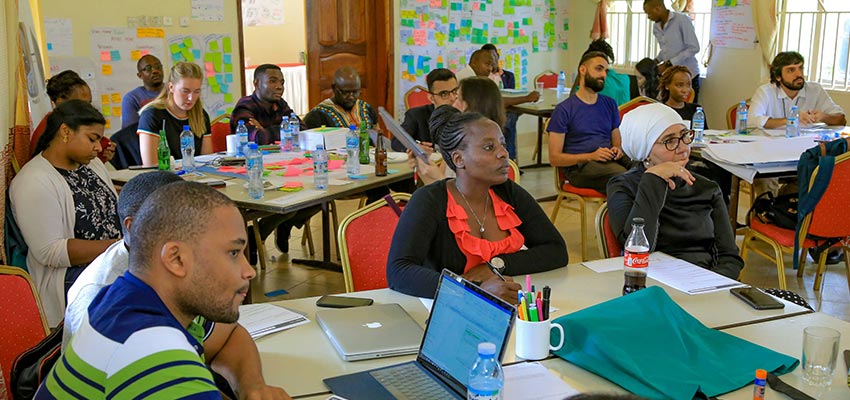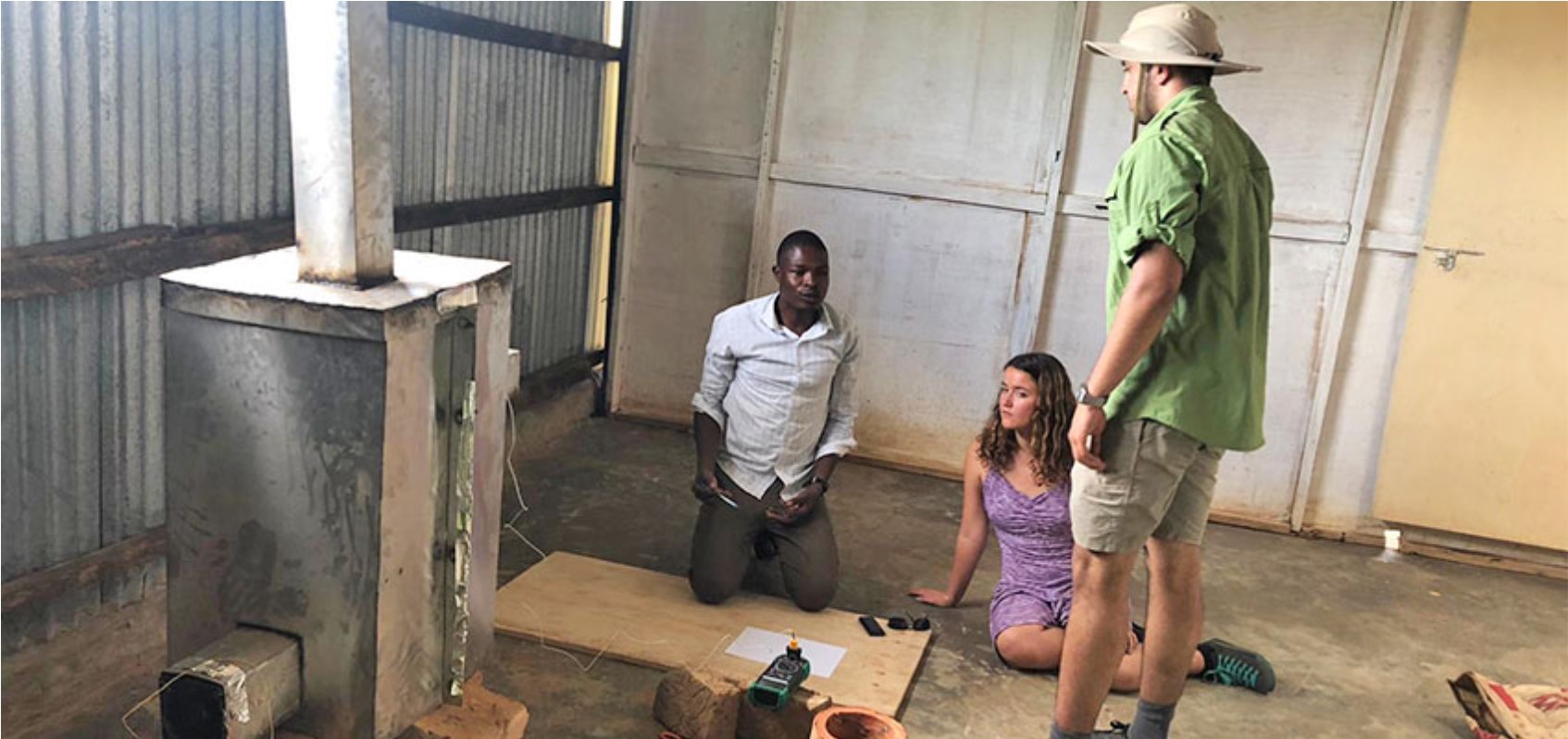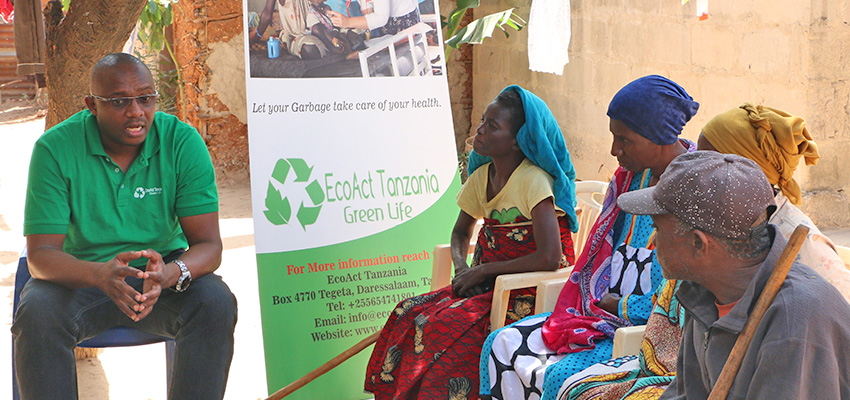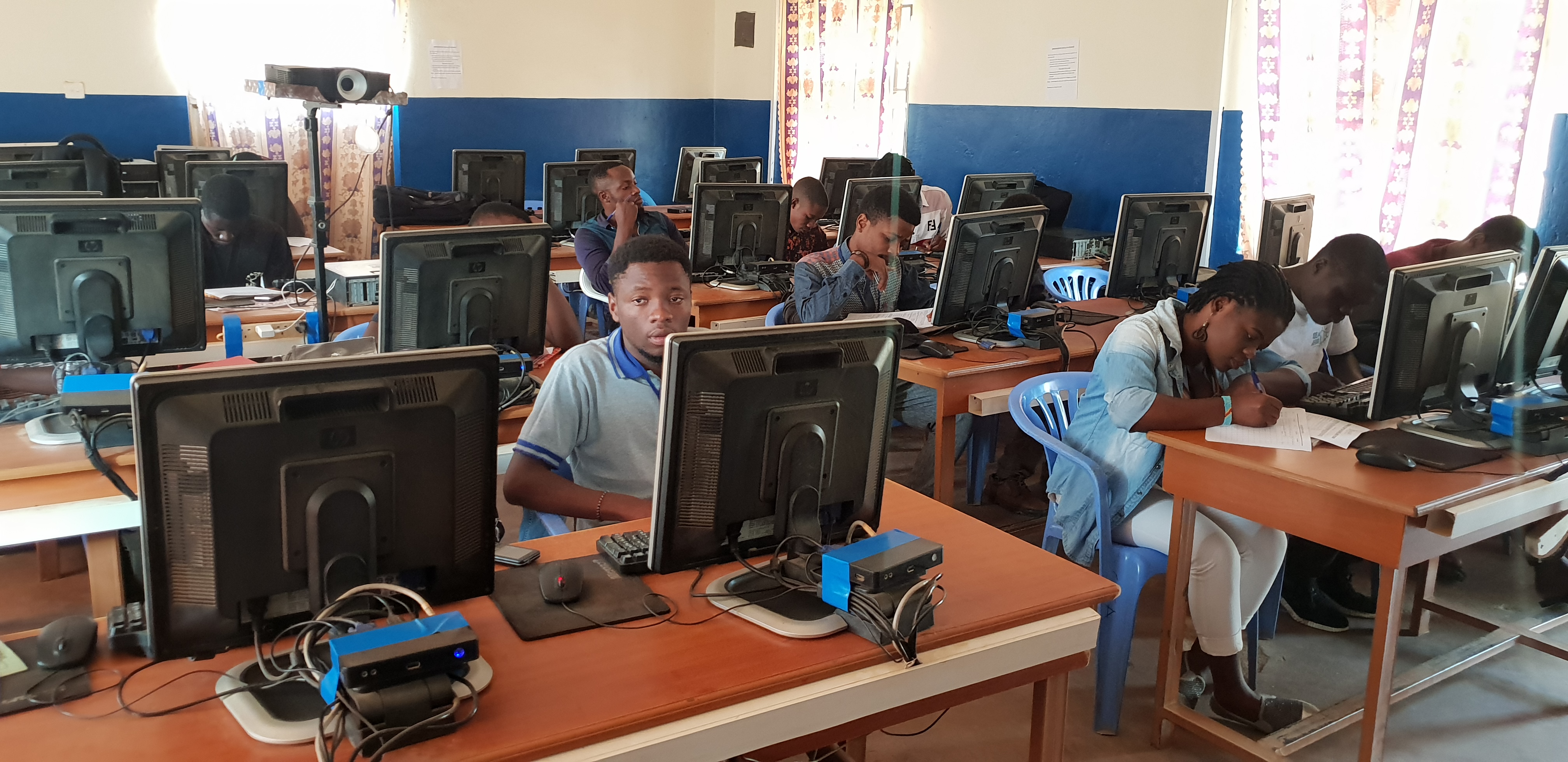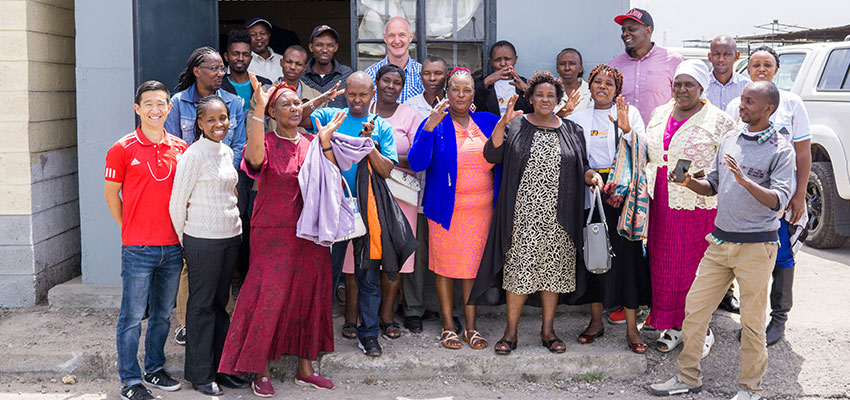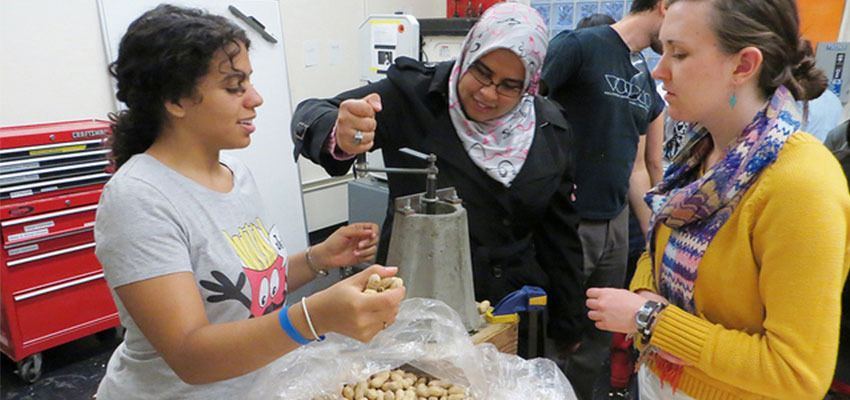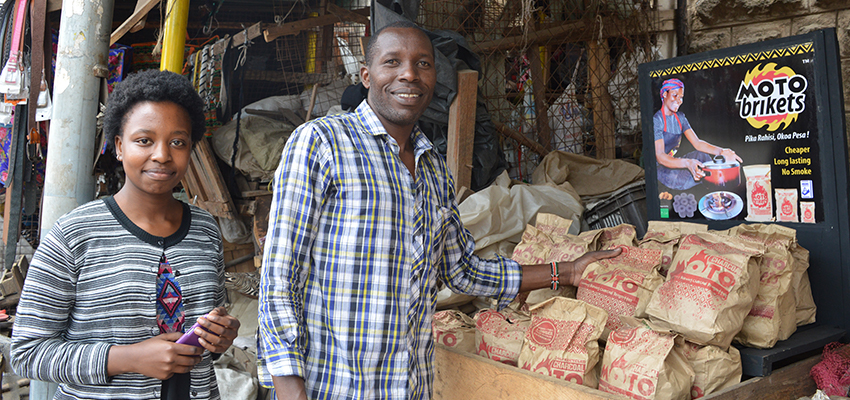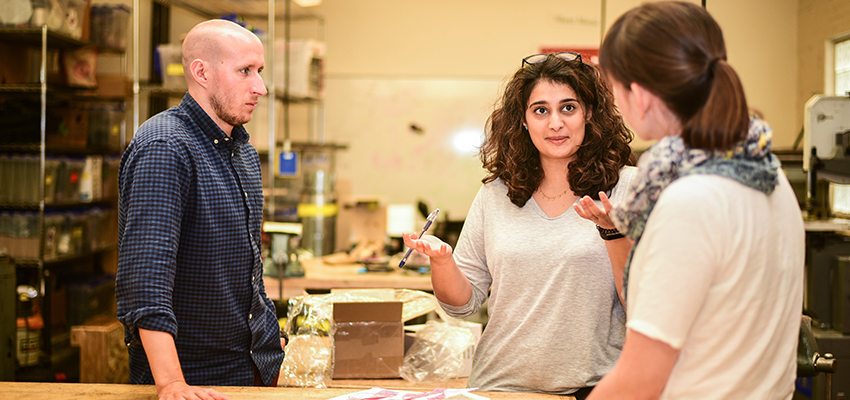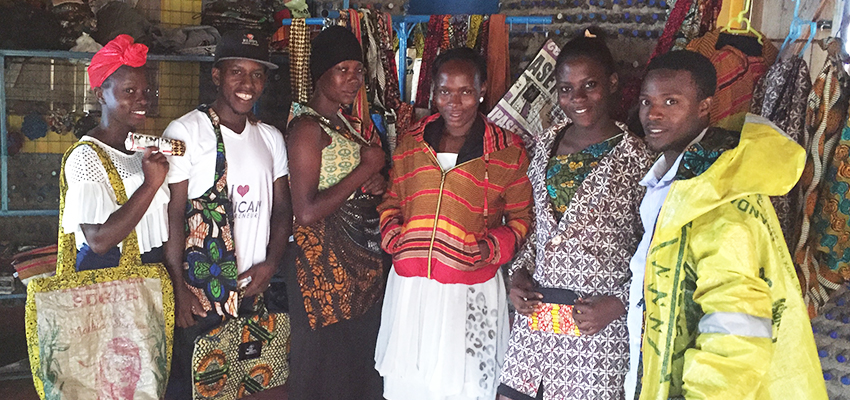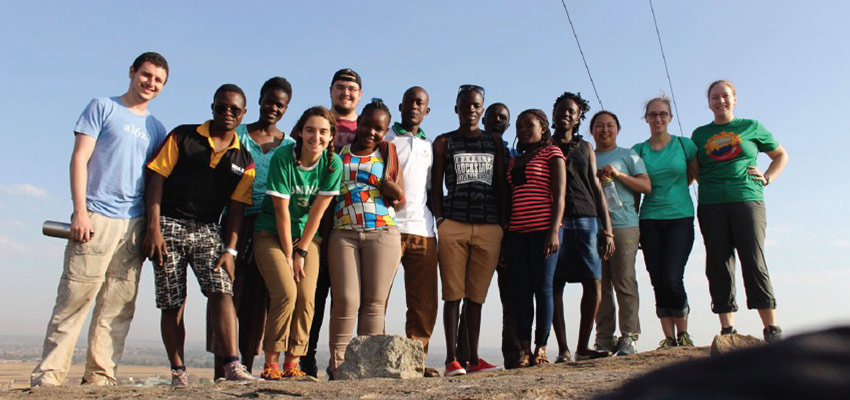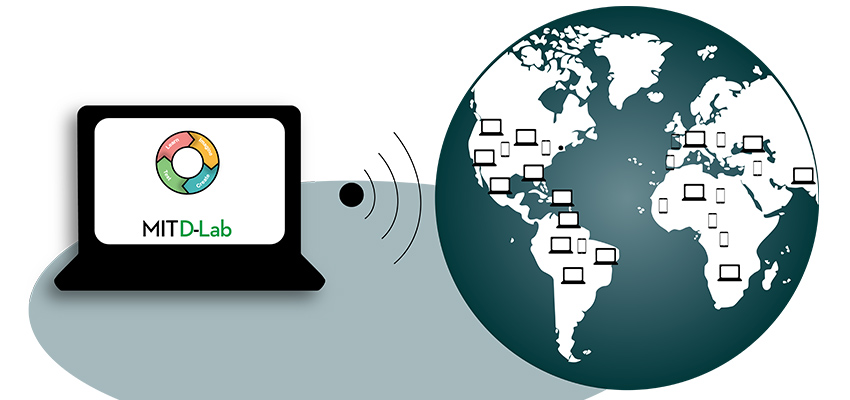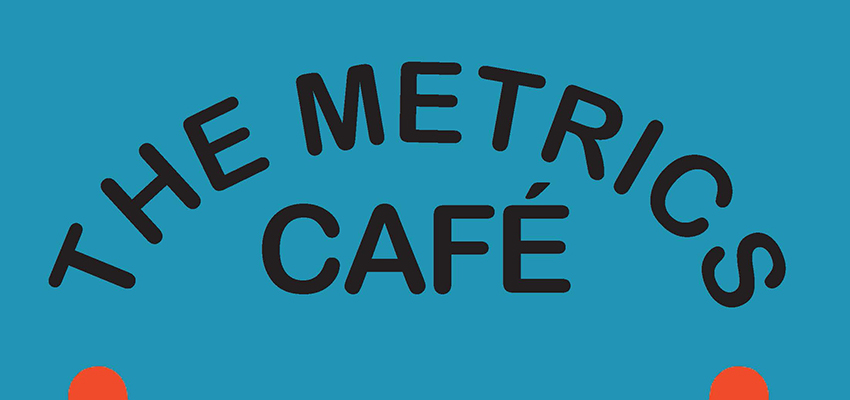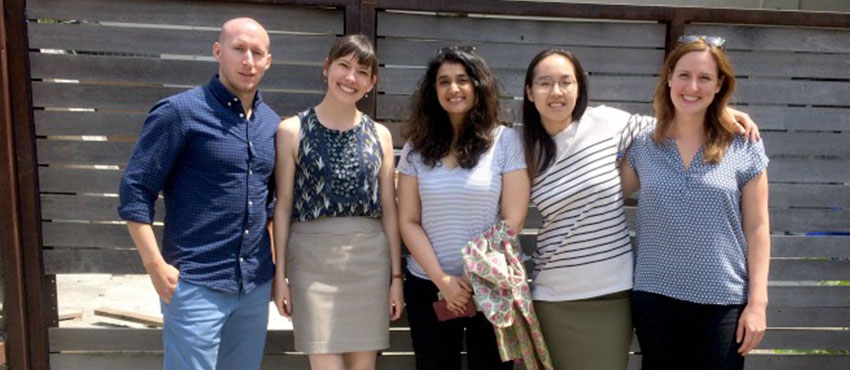
MIT D-Lab is committed to thoughtfully and systematically measuring the impact of its work.
Three guiding principles for impact measurement
1. Integrity
We are is deeply committed to the communities who work with our students, researchers, staff, and partners. We measure our impact to hold ourselves accountable to these communities, ensuring that our programs are creating the greatest possible positive change and avoiding harm.
2. Learning
We are a learning institution. We regularly reflect on our results to continuously improve our own programs and to share lessons with others in the sector.
3. Participation
We refine our understanding of impact in partnership with students, partners, and community members. We co-create a vision of success – and the metrics to track this vision – hand-in-hand with everyone touched by a project.
Two main pathways: products and processes
1. The Impact of the Product
Many of the prototypes, products, and ventures supported by MIT D-Lab go on to benefit end users and employ people, improving lives and livelihoods of people living in poverty.
Likewise, many of the research findings, frameworks and methodologies produced at D-Lab go on to influence decision-makers. These individuals can then use this knowledge to choose better products, implement better programs, or enact better policies.
2. The Impact of the Process
However, MIT D-Lab’s work hinges not just on the creation of impactful products, but also on the transformation that participants undergo during the process.
When people engage in experiential learning, collaborative design, or lean research, it sparks a shift in mindsets and attitudes. This shift can start a ripple effect, as participants are empowered to apply these skills to new challenges. In this way, D-Lab has the ability to influence not only the direct users of a product but also the enabling environment for these products and the larger discourse in global development.
Hand in Hand
These two impact pathways work together. Designing a product can be a vehicle for individual transformation. This transformation, in turn, can kick off thousands of design cycles that produce new solutions. At MIT D-Lab, we believe it’s essential to measure them both.
Five questions we ask ourselves
Each time MIT D-Lab embarks on a new project, we ask ourselves five questions. These help us form a theory of change – a model for how our programs create impact.
1. Who will we work with and through? Who are we hoping to influence?
We identify the people who will be affected by the project and who might be catalysts for impact.
2. What will they take away?
We identify the things we hope each stakeholder will learn or gain from the project. We measure their takeaways: shifts in their knowledge, skills, mindsets, and relationships.
3. What will they do next?
We identify the actions that we hope each stakeholder will take after the project. Months later, we follow up to measure outcomes: changes in their actions, behaviors, or practices.
4. How will that change the world?
We set our sights on a guiding star: a vision of the world we hope to see. While we are usually unable to measure long-term, societal-level impacts directly, this vision informs every choice we make in a project.
5. What can we learn?
With each new set of results, we sit down as a team and talk through the implications. Each data point helps us to adapt, grow, and improve our ability to effect change.
Contact
Artie Maharaj, Monitoring, Evaluation, and Learning Associate


